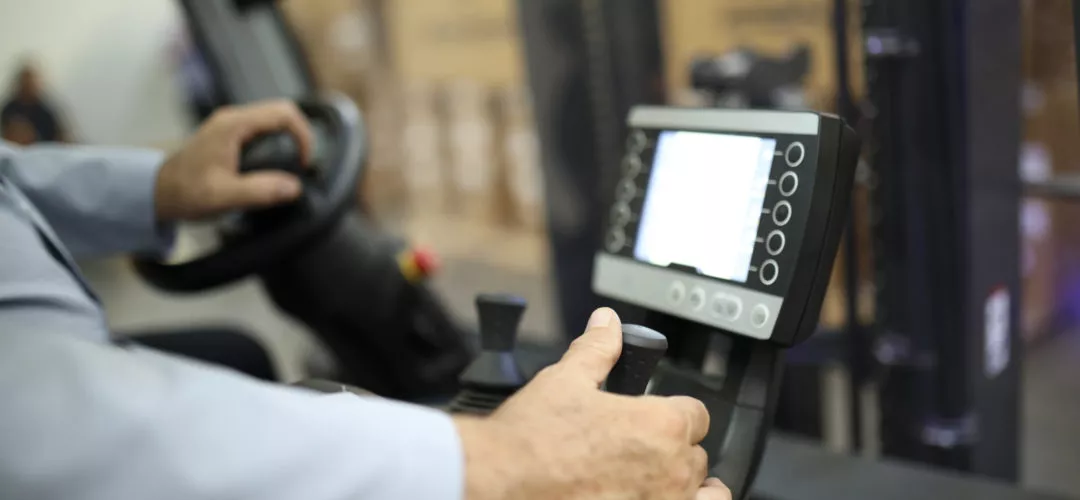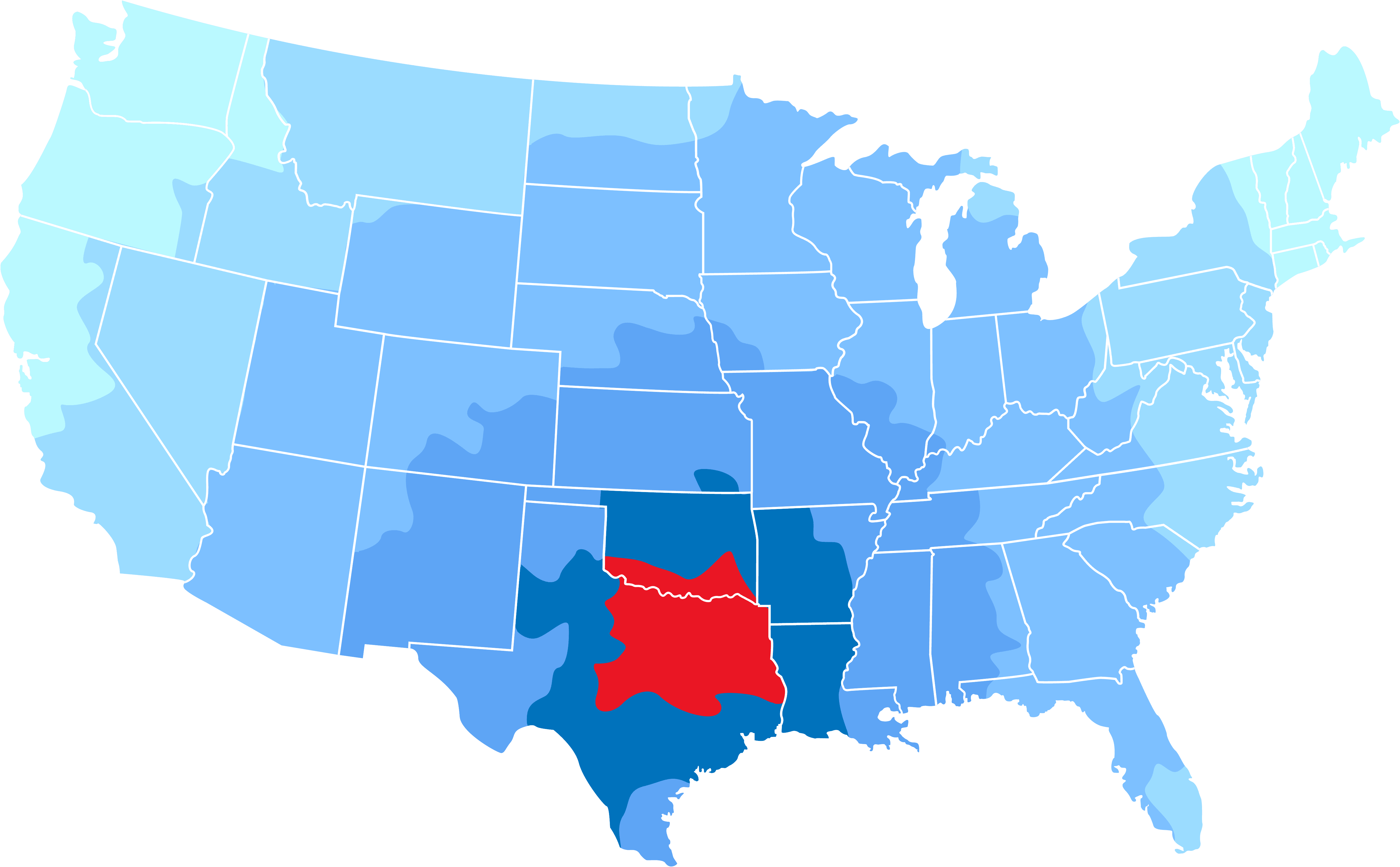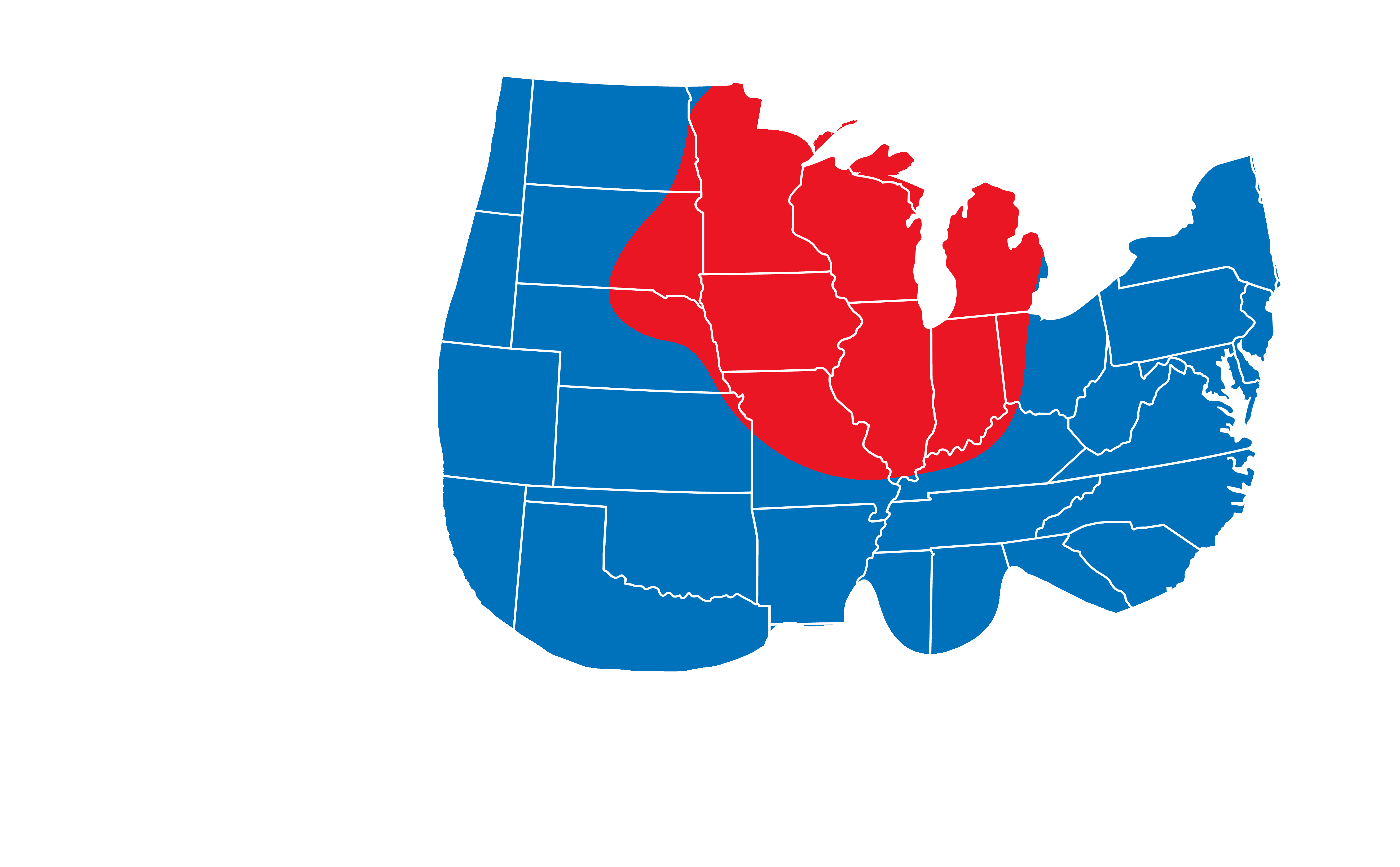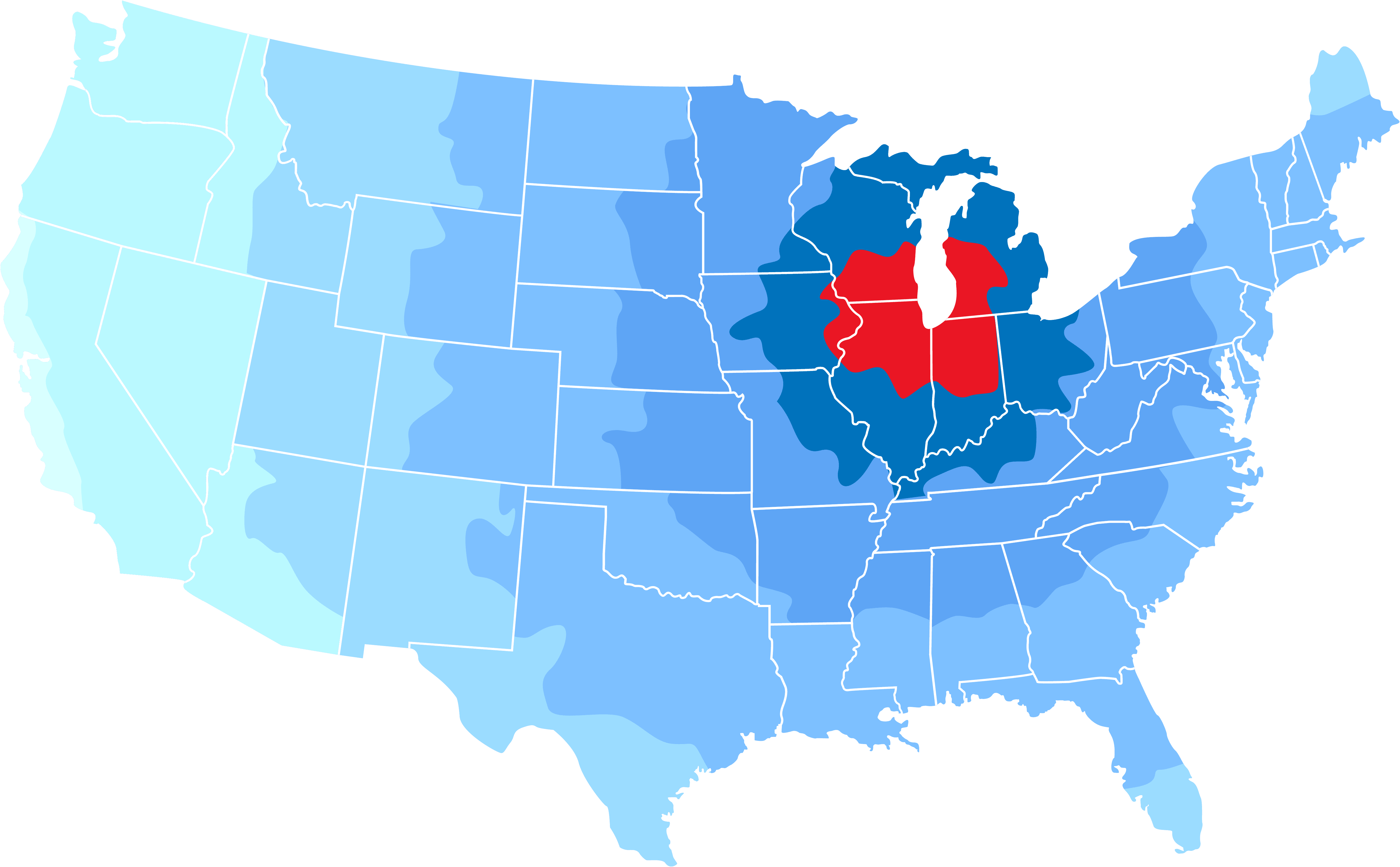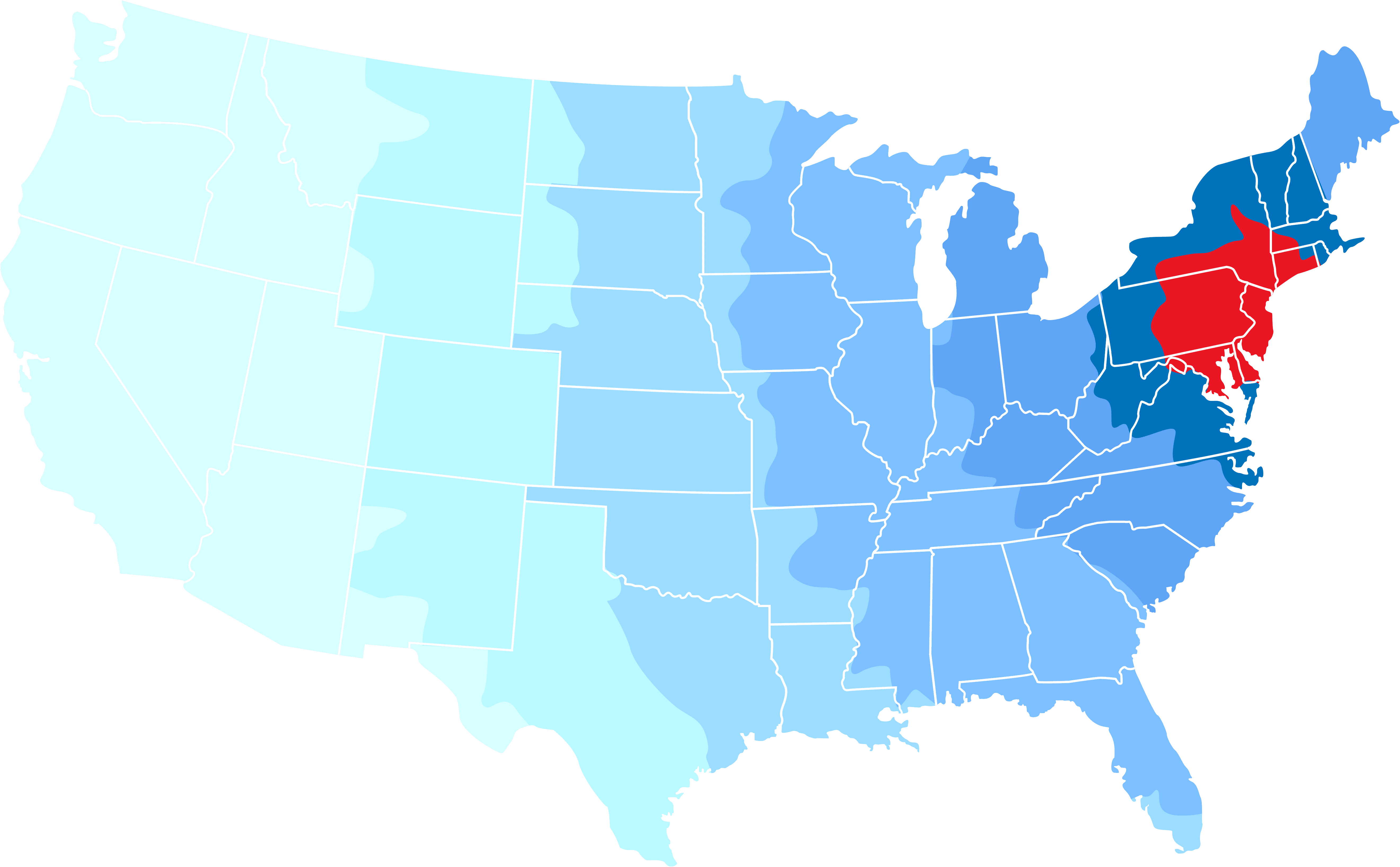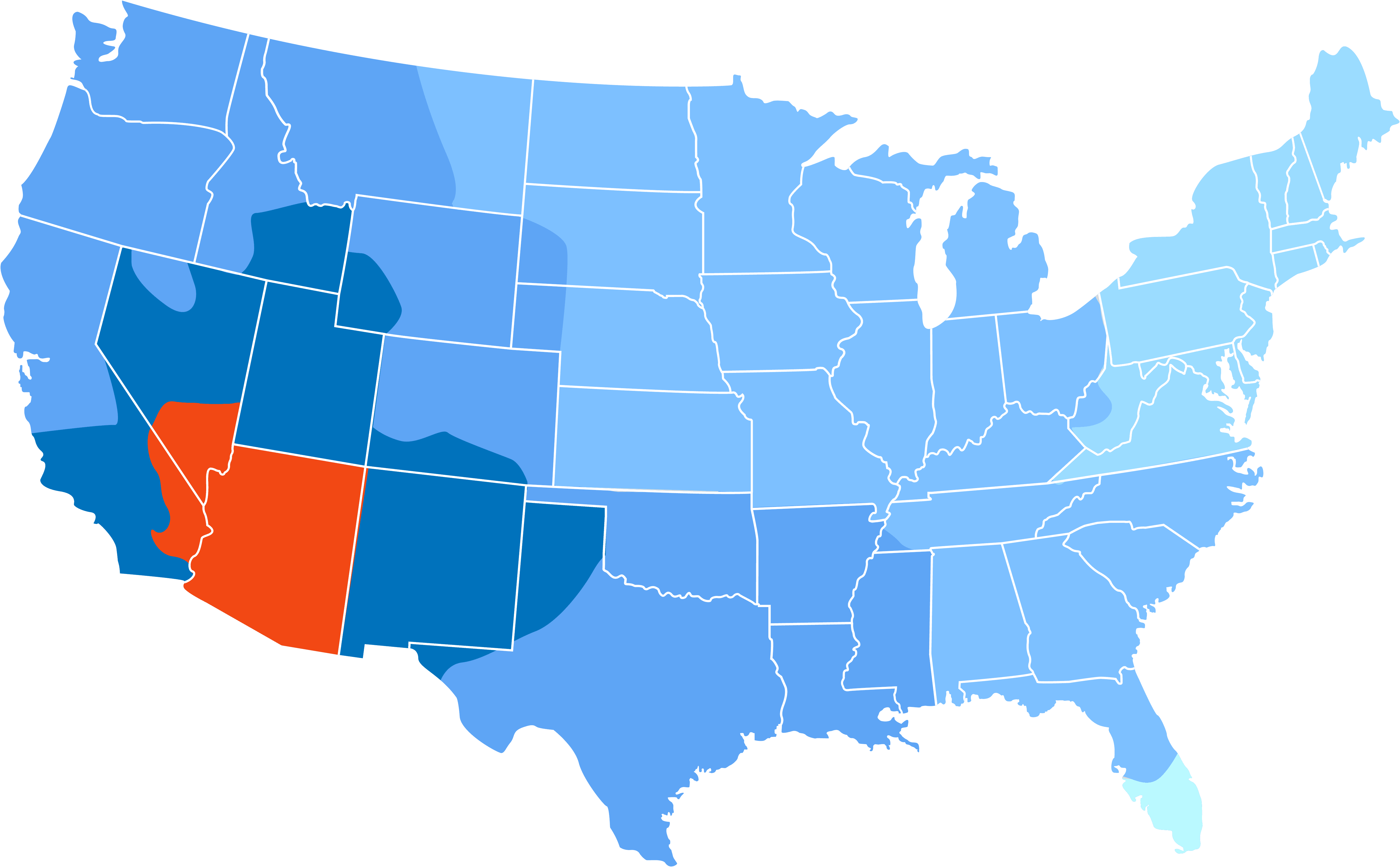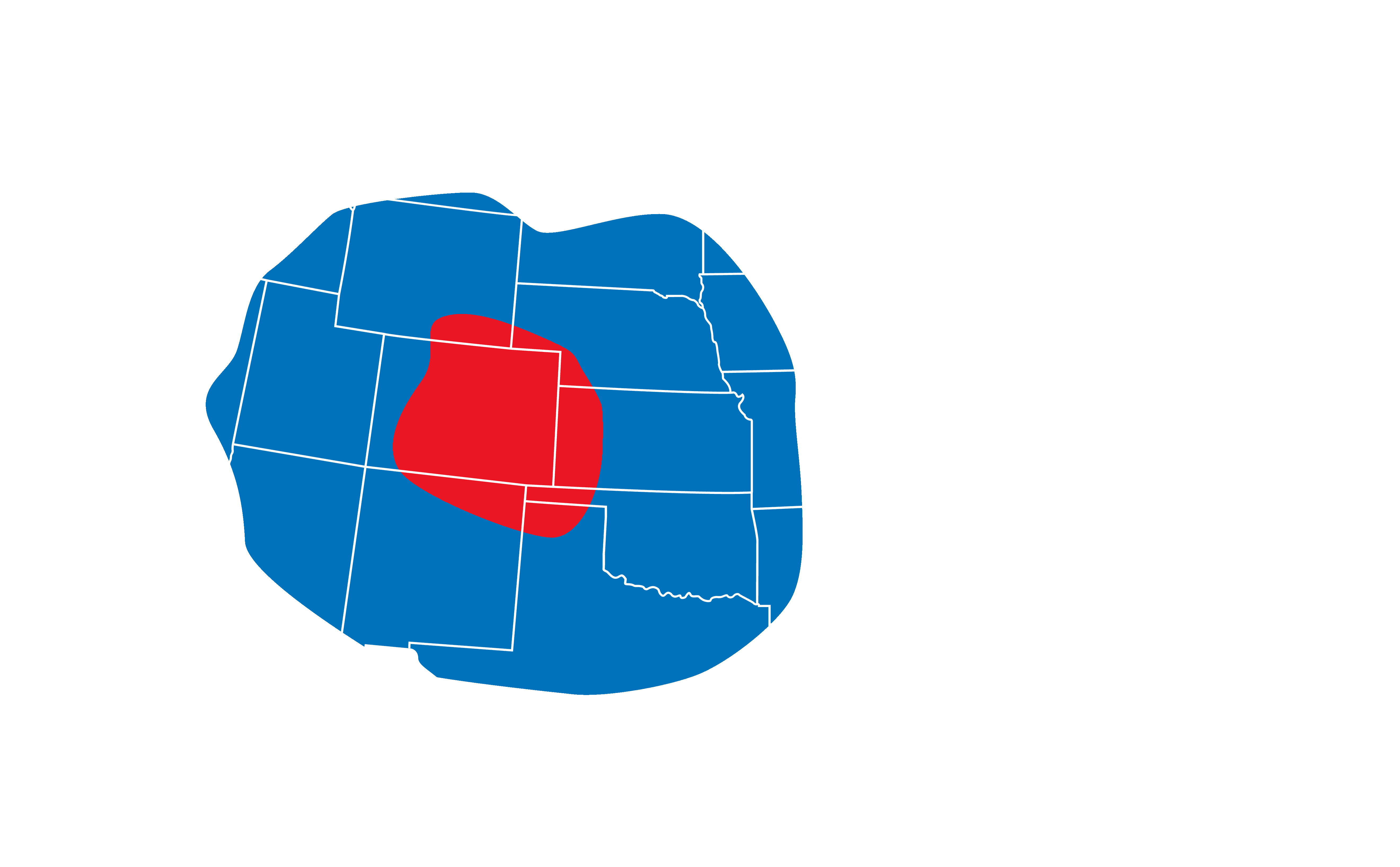WHAT TECHNOLOGY MAKES A 3PL “EXCELLENT?”
Not all new technology is good. Technology only helps 3PL if it expands your capacity to handle fulfillment. Here are a few of the features you’ll require if you want to work with larger customers:
- A world-class WMS, or Warehouse Management System. A great WMS will help you accurately handle logistics. But it does more than that. It can help you save money, for example, by reducing damage claims. In one example of WSI incorporating WMS, a customer saved significant amounts of money because the WMS handled product inspection and used barcoding to keep tabs on every single product in inventory.
- Integrating third parties. Shopify is an example of technology that easily implements third-party applications. As Shopify users implement these applications, it expands the capacity of the underlying platform. Can your technology do the same? 3PL needs to be capable of third-party integrations to expand its capabilities. Without this adaptability, technology won’t have the broad capacity of a platform capable of integrating third-party software. WSI tailors specific logistics solutions that can incorporate third party technology.
- Order and inventory accuracy. Without inventory accuracy, nothing else works. Effective technology doesn’t only ensure inventory control but uses its data to drive innovation. Consider that “54% of retailers use data to determine more efficient delivery routes,” according to some statistics. The more accurate your fulfillment is, the less you’ll have to worry. This kind of optimization is only possible with accurate technology like barcoding on each product is in place.
- Visibility. These days, customers want to see the status of their order from end to end. According to surveys, “83% of U.S. online shoppers expect regular communication about their purchases.” Enhancing this visibility reflects well on your brand and helps improve the way customers perceive your solutions. The result is more trust–and more loyal customers down the line.
- Consultative-type technology. Technology like heat mapping can drive insights into your fulfillment solutions by helping you identify the most important inventory to move. This means that your technology can play a “consultant”-like role and help you identify inventory priorities. Using heat mapping makes complex decisions much more intuitive. Without technology like this in place, you’re only left with “best-guess” strategies.

In simplest terms, technology should drive capacity, inventory accuracy, and a better bottom line. Technology isn’t there to look good. It’s there to drive results.
RELATIONSHIPS WITH GROUND SHIPMENT CARRIERS
Good 3PL requires strong relationships with ground shipment carriers like UPS, FedEx, and more. But what defines a good business relationship in this context? It’s more than just experience in dealing with those carriers. It means using high-quality rate shipping software to make communications more efficient.
Don’t forget that carriers use technology, too. Your WMS needs to keep up. Carriers understand that the use of their own technology has to match with yours. The better they match with 3PL, the more likely it is they’ll earn status as a “favored carrier.” Simply put, carriers want to offer competitive prices. They want to become your preferred provider. It means they’ve earned your business.
Without the right technology in place, you don’t give carriers that opportunity. In that way, the quality of your WMS helps determine the future relationships you have with carriers.
Pricing is another key component. With the right technology in place, communication becomes more effective. The better you communicate, the easier it is for your WMS to shop for the best available prices. This affects not only your bottom line but the bottom line for your customers. Communication through accurate WMS technology means your price estimates will also be more accurate. This gives you the advantage of selecting the carrier that’s best for both you and your customers.
Perhaps most importantly, your technology will determine the smoothness of every experience. Consider that today’s customers “now expect a refund or discount on their shipping costs” when a shipment is delayed. The majority now feel that way: 51.4% of customers. The better your systems communicate with carriers, the less likely it is that you’ll have to eat refunds and discount costs.
HOW TO FIND THE 3PL THAT PROVIDES THE RIGHT TECHNOLOGY
It’s not just technology. It’s selecting the right technology. Selection isn’t easy when you have all sorts of options to choose from. What makes for great 3PL technology? What separates some technology from other solutions on your list? Here are a few ideas:
- Inventory accuracy. A survey once found that the average inventory accuracy in U.S. retail operations was only 63%. In this environment, accuracy is an instant advantage. You can upgrade your accuracy with a system that implements barcoding on individual products, web-based reporting for live data, and reporting options such as “order status.” When you have confidence that your inventory management can tell you where any given product is, everything else becomes easier. Inventory accuracy is foundational because it helps prevent losses like damage claims.
- Communication. Do customers feel in the loop? According to some statistics, 38% of retailers worry about customers’ expectations when it comes to delivery times. You shouldn’t have these same worries if the proper technology is in place. Strong 3PL technology can also provide a platform to communicate with providers. This makes it possible to shop around for the best shipment prices and deliver a better bottom-line result for customers.
- Seamlessness. Customers want the experience to be seamless. They’ve got enough on their plates without having to worry about whether delivery will happen. Define your seamlessness in two ways. First, is the process inexpensive? Do you avoid additional costs like damage claims? And second, do you consistently avoid fulfillment obstructions? You can answer these questions with technology that increases the visibility of each shipment at every stage.
Add these three elements together and you’ll have the recipe for the “right” technology for your fulfillment.
LEVERAGING TECHNOLOGY FOR THE BOTTOM LINE
Technology is an investment. And like any investment, it should generate returns. With your fulfillment processes, those returns will come from avoiding damage claims, increasing the accuracy of your inventory, and having the capacity to shop around for the most favorable terms. Having the right criteria for selecting your technology is a great step forward.
What’s the next step? For more information on leveraging technology for a better bottom line, contact WSI today.

